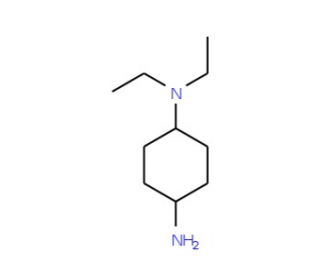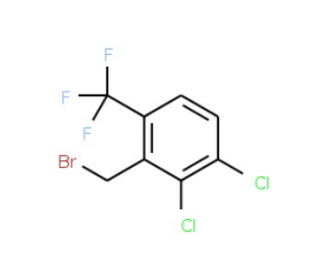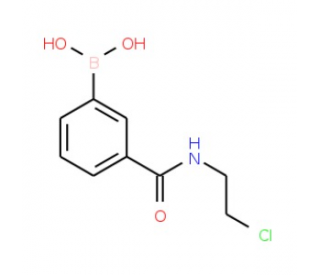详细说明
Species Reactivity
Human
Specificity
Detects human CRACC/SLAMF7 in direct ELISAs. In direct ELISAs, no cross-reactivity with recombinant human NTB-AR is observed.
Source
Monoclonal Mouse IgG 2A Clone # 235614
Purification
Protein A or G purified from hybridoma culture supernatant
Immunogen
Mouse myeloma cell line NS0-derived recombinant human CRACC/SLAMF7
Lys27-Ser225
Accession # Q9NQ25Formulation
Supplied in a saline solution containing BSA and Sodium Azide.
Label
Phycoerythrin
Applications
Recommended
ConcentrationSample
Flow Cytometry
10 µL/10 6 cells
See below
Please Note: Optimal dilutions should be determined by each laboratory for each application. are available in the Technical Information section on our website.
Data Examples
Flow Cytometry | Detection of CRACC/SLAMF7 in Human Blood Lymphocytes by Flow Cytometry. Human peripheral blood lymphocytes were stained with Mouse Anti-Human CRACC/SLAMF7 PE‑conjugated Monoclonal Antibody (Catalog # FAB1906P) and Mouse Anti-Human CD3 epsilon APC‑conjugated Monoclonal Antibody (Catalog # ). Quadrant markers were set based on control antibody staining (Catalog # ). View our protocol for . |
Preparation and Storage
Shipping
The product is shipped with polar packs. Upon receipt, store it immediately at the temperature recommended below.
Stability & Storage
Protect from light. Do not freeze.
12 months from date of receipt, 2 to 8 °C as supplied.
Background: CRACC/SLAMF7
CRACC, also known as CSI (CD2 subset I), is a type I transmembrane protein belonging to the CD2 subset of the Ig superfamily. CRACC is expressed on most NK cells and subsets of CD8 + cells, CD4 + cells and B cells. CRACC may play a role in the activation and effector function of T cells and NK cells.
Entrez Gene IDs:
57823 (Human); 75345 (Mouse)
Alternate Names:
19A; CD2 subset 1; CD2-like receptor activating cytotoxic cells; CD319 antigen; CD319; CRACC; CRACCCD2-like receptor-activating cytotoxic cells; CS119A24 protein; Membrane protein FOAP-12; novel LY9 (lymphocyte antigen 9) like protein; Novel Ly9; Protein 19A; SLAM family member 7; SLAMF7










 粤公网安备44196802000105号
粤公网安备44196802000105号